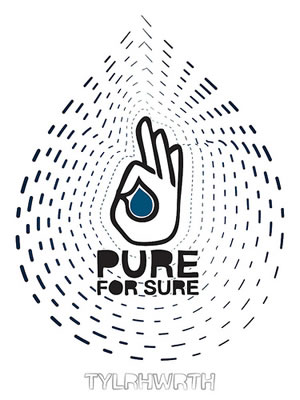
(Photo by Tyler Howarth)
Let’s say you’re selling a product (or service) that you’ve branded as 100% pure (based on ingredients or functionality). Sales are down. Is now the right time to introduce a new “hybrid” product (or service)?
Whenever you introduce something new, you’ll get fresh eyes – people who are looking for something new/interesting/tasty. These new eyes may convert into new customers (and perhaps new rabid fans) as well. But your gain of new customers means that you’ll likely lose some of your old/familiar/trusted customers.
Whenever you sell a product that’s “pure” you attract a couple of different groups of people: idealists – those that are looking for the minimum product that they need (no extra fluff or risk) and people susceptible to allergic reactions (the extra ingredient actually causes problems for them). Both of these groups of people can become staunch fans – since they know how rare it is to find “pure”. As a manufacturer, it’s so tempting to add additional ingredients to: save money, increase flavor, or differentiate it from the competition.
When you hybridize a pure product, you’re likely to damage your brand promise. Before you guaranteed that things were simple, pure, minimal, and efficient. Now, you’re backtracking on your promise. Maybe you hedge your bet, and offer both a pure and hybrid product. But now your hardcore fans may not trust you – maybe your organic and pesticide-treated fruit will get mixed up. Maybe your all-beef products will become tainted with pork. Or your pure chocolate bars will be exposed to peanuts. Suddenly your “guaranteed pure” brand is less “safe”, and your trustworthiness (whether rightly or wrongly) is at stake.
There’s nothing wrong about evolving your offering to grow your business or better target prospective customers. But your offering must fit with your “brand umbrella” – people need to know what you stand for (and why). If you need to experiment with new offerings, consider starting a new brand (with a new brand promise). You won’t have the benefit of leaning on an existing well-known name but you also won’t be sacrificing your “old” for something “new”.